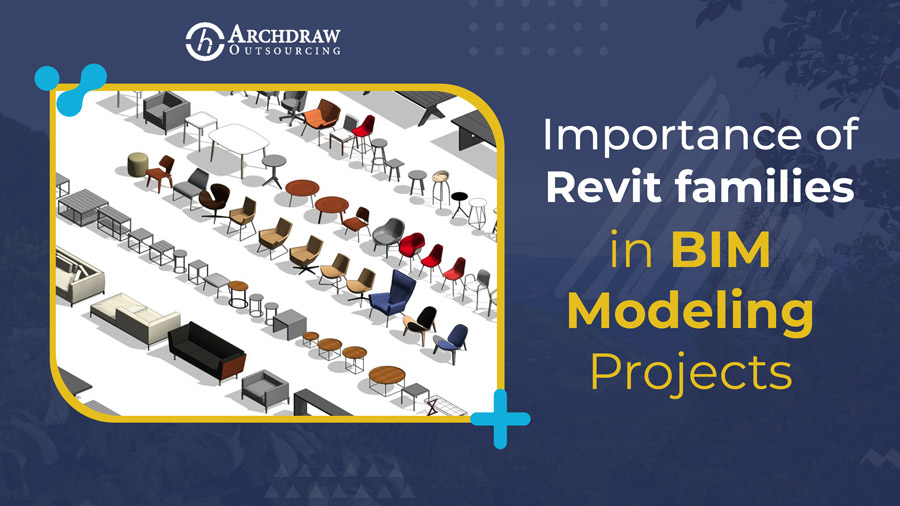Families are termed as building blocks in Building Information Modeling. A family could be a cluster of parts that square measure employed in developing a BIM model with a typical set of properties (called parameters) and related graphical depiction. The benefit of modification and exactness with that the Revit content may be created ends up in minimizing value and improve time potency.
Important terminologies used whereas creating Families in Revit
In Revit, variations inside a family wherever completely different elements could have different values for their parameters however the name and that means of the parameters stay constant are known as Family varieties or just, Types. Every family will have multiple varieties at intervals a class e.g. a furniture article of furniture class includes numerous varieties that are used to produce totally different furniture items like desks, cabinets, etc. These return handy throughout architectural BIM Modeling as they considerably reduce the time and efforts. Similarly, sprinkler class includes varieties that may be accustomed produce wet and dry sprinkler systems that are eventually utilized in MEP BIM Modeling.
Though the families in a very kind have a unique material composition and serve various functions, they need an inter-related graphical illustration and identical parameter set, referred to as family kind parameters. An instance is a component that’s created in a very project with a particular kind and family. Every Instance has its own set of properties that are independent of the kind parameters and any changes created to those parameters apply solely to the actual instance of the component that’s chosen. On the opposite hand, if you create changes to the sort parameters, it’ll be applied to any or all instances that are created thereupon type.
Different types of Revit Families and their uses
Revit Content may be generally classified into 3 kinds:
- System Families
System parts are planned in Revit and are wont to produce basic elements of a building e.g. roofs, walls, floors, pipes ducts, etc. System settings that have an effect on the project surroundings also are System Families e.g. varieties for grids, levels, viewports, drawing sheets, etc. These will neither be loaded from external files nor be saved to locations external to the project. However, the parameters may be changed and new varieties may be created using component properties.
- Loadable Families
These are external .rfa files that are imported or loaded into Revit projects. They extremely customizable in nature and most ordinarily created and changed. In cases wherever there are multiple varieties, the utilization of kind catalogues permits loading solely the desired type for the project. They’re used to create: Building components, System parts, Annotation parts
- In-Place Families
These are distinctive elements that are created for parts that are specific to a selected project and restricted to be utilized in that project solely. These parts are hooked in to the geometry of the model. E.g. special trim, custom gutters, inbuilt or customized piece of furniture, etc.




